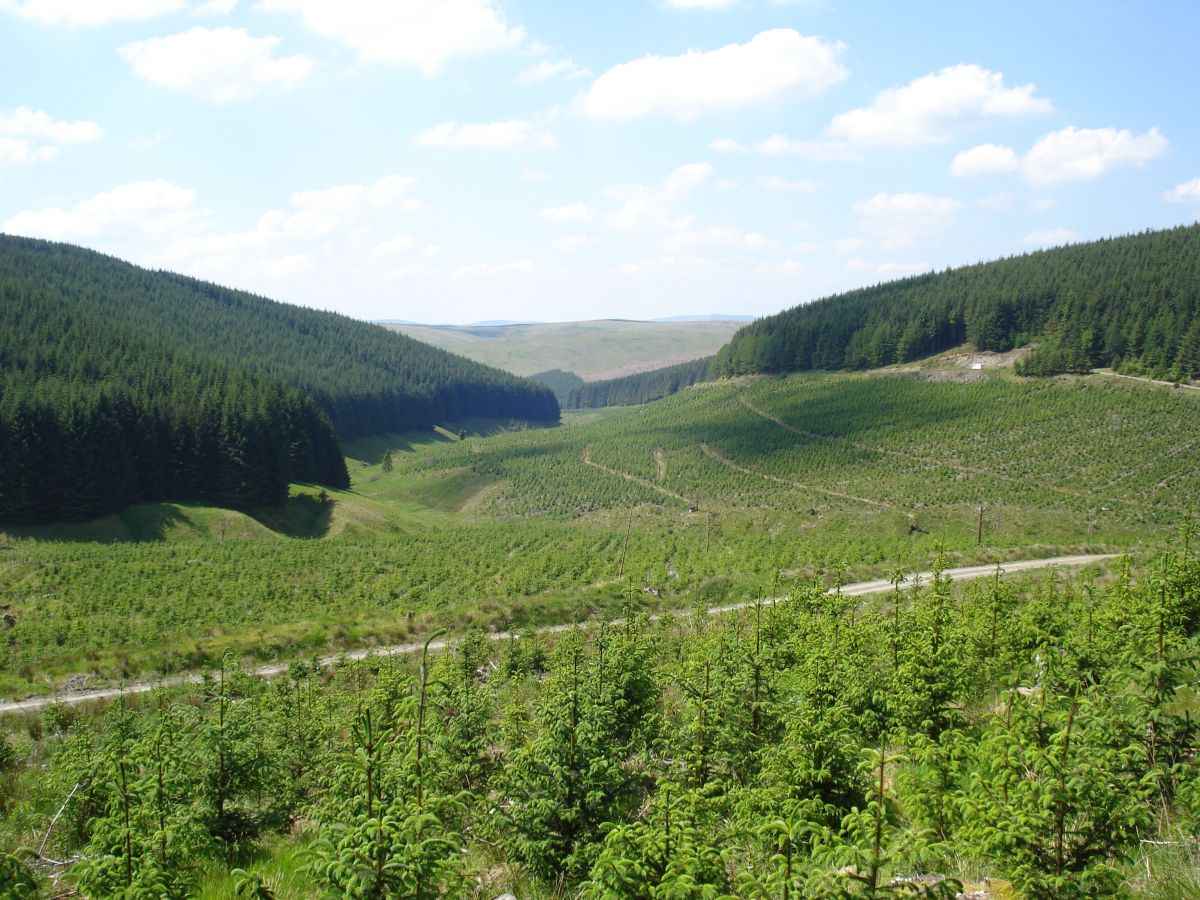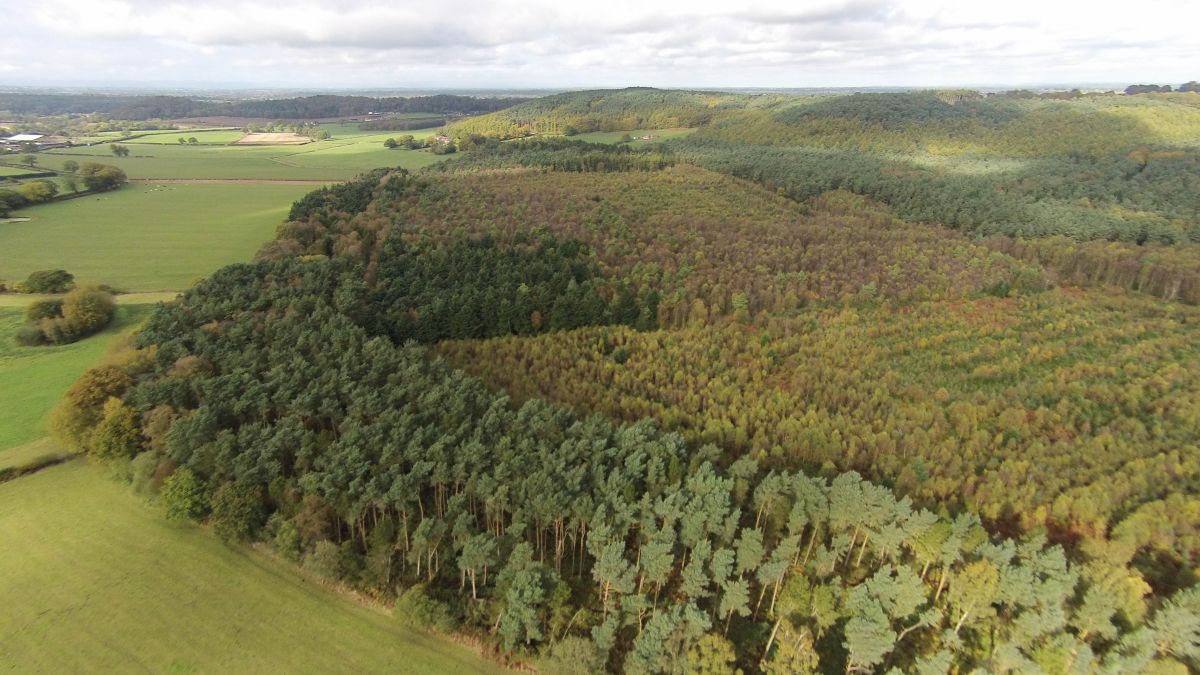
Tree cover on agricultural land has increased across the globe, capturing nearly 0.75 Gigatonnes carbon dioxide every year.
A new study titled Global Tree Cover and Biomass Carbon on Agricultural Land provides insights into the patterns of this tremendous change at global, regional and national scales.
According to the International Panel on Climate Change (IPCC), agriculture and land-use change account for about 24% of the world’s greenhouse gas emissions.
Climate change will also have strong impacts on food security in the long-term.
But a recent study has shown that the potential to reduce greenhouse gas emissions from crop and livestock production is limited.
At the same time, large forest areas, primarily in the tropics, are still being converted into agricultural land to feed the world’s growing population.
For these reasons, agricultural practices that can significantly reduce carbon emissions are in high demand.
Agroforestry systems
Trees on agricultural lands – also known as agroforestry systems – have the potential to contribute to climate change mitigation while improving livelihoods and incomes and providing invaluable ecosystem services at the same time.
The World Bank estimates that globally 1.2 billion people depend on agroforestry farming systems, especially in developing countries.

However, trees on agricultural lands are not considered in the greenhouse gas accounting framework of the IPCC.
A team of researchers from various institutions in Africa, Asia and Europe carried out a study to assess the role of trees on agricultural land and the amount of carbon they have sequestered from the atmosphere over the past decade.
The study looks at biomass carbon on agricultural land both globally and by country, and what determines its distribution across different climate zones.
Biomass on agricultural land globally
"Remote sensing data show that in 2010, 43% of all agricultural land globally had at least 10% tree cover, up from eight percent in the preceding decade," said Robert Zomer of the World Agroforestry Centre, lead author of the study.
"Given the vast amount of land under agriculture, agroforestry may already significantly contribute to global carbon budgets."
However, regional differences in the trend are significant. The distribution of tree cover on agricultural land depends on climatic conditions in different parts of the world.
High tree cover is found in humid areas such as South East Asia, Central America, eastern South America, as well as central and coastal West Africa.
Tree cover on agricultural land was moderate in south Asia, sub-humid Africa, central and western Europe, the Amazonia and mid-west North America.
On the other hand, low tree cover was found in east China, northwest India, west Asia, the southern border of the Sahara Desert, the prairies of North America and southwest Australia.
Biomass on agricultural land by country
Remarkable differences are noted in changing biomass carbon stocks over time among countries.
Brazil, Indonesia, China and India had the largest increases, while Argentina, Myanmar, and Sierra Leone had the largest decreases in biomass carbon stored on agricultural land.
High average carbon mass levels were to be found in 26 countries in the humid tropics, with the Democratic Republic of Congo, Papua New Guinea, Malaysia and Indonesia in the lead.
On the other hand, 60 countries found in arid and desert parts of the world around the Sahara Desert in North Africa, the Kalahari in southern Africa, Middle East, as well as central and southern Asia recorded low carbon levels over the ten-year period.
"Study results show that existing tree cover makes a major contribution to carbon pools on agricultural land, demonstrating the potential to add to climate change mitigation and adaptation efforts," said Jianchu Xu of the World Agroforestry Centre.
"If tree cover is accounted for, the total carbon stock is over four times higher than when estimated using IPCC tier 1 estimates alone."
Given the large amount of agricultural land where tree cover is below its potential, the study suggests that a huge mitigation potential exists and should be explored more systematically.
"The results of our spatial analysis show that trees on agricultural land sequestered close to 0.75 Gigatonnes of carbon dioxide globally per year over the past decade," said Henry Neufeldt, Head of Climate Change research at the World Agroforestry Centre.
"If we can harness good policies to enhance positive examples and stop negative trends, trees in agricultural landscapes can play a major role in greenhouse gas mitigation.
"But no one should say that this is already solving the problem for agricultural emissions as long as we do not know what is actually happening on the ground."
